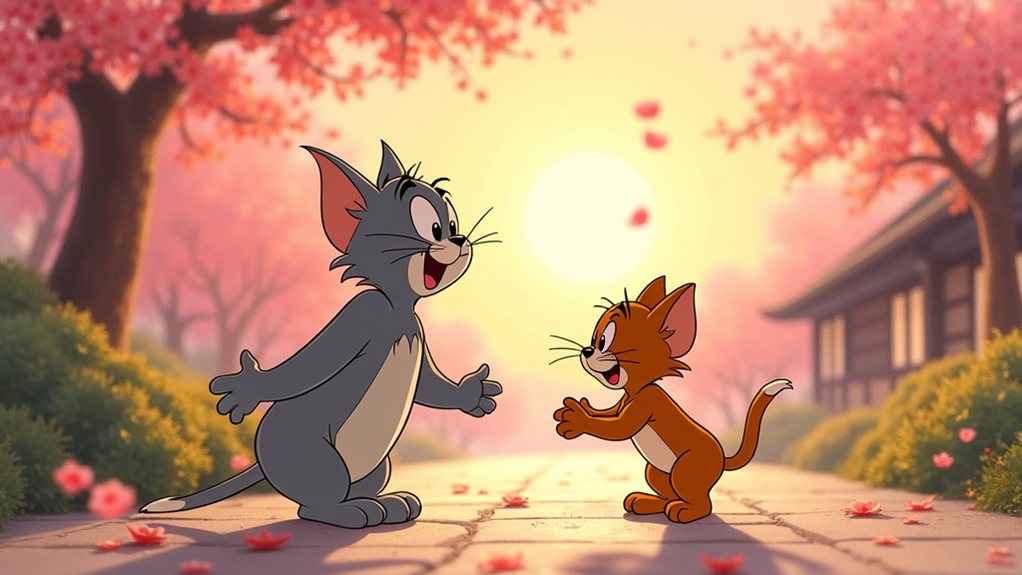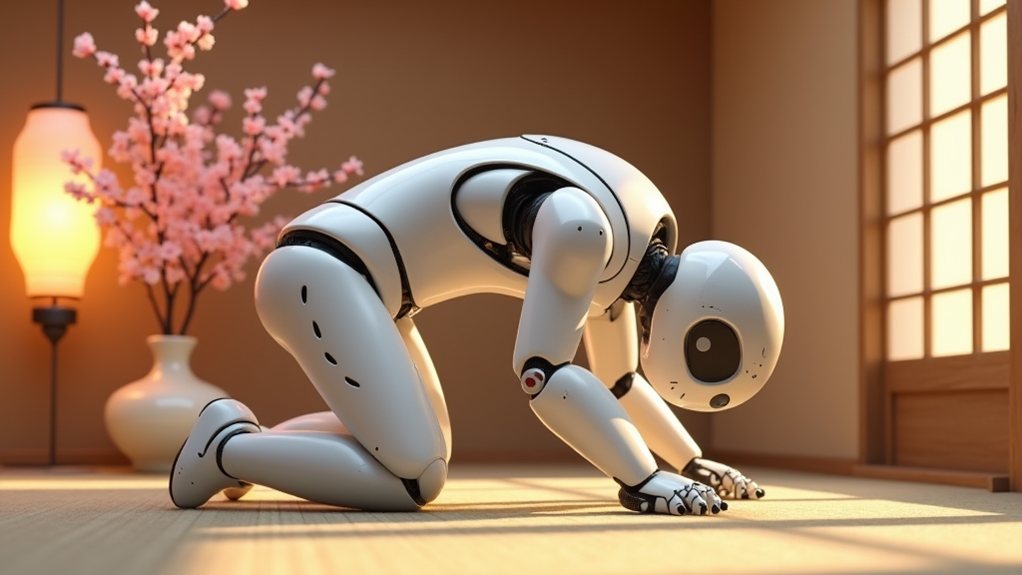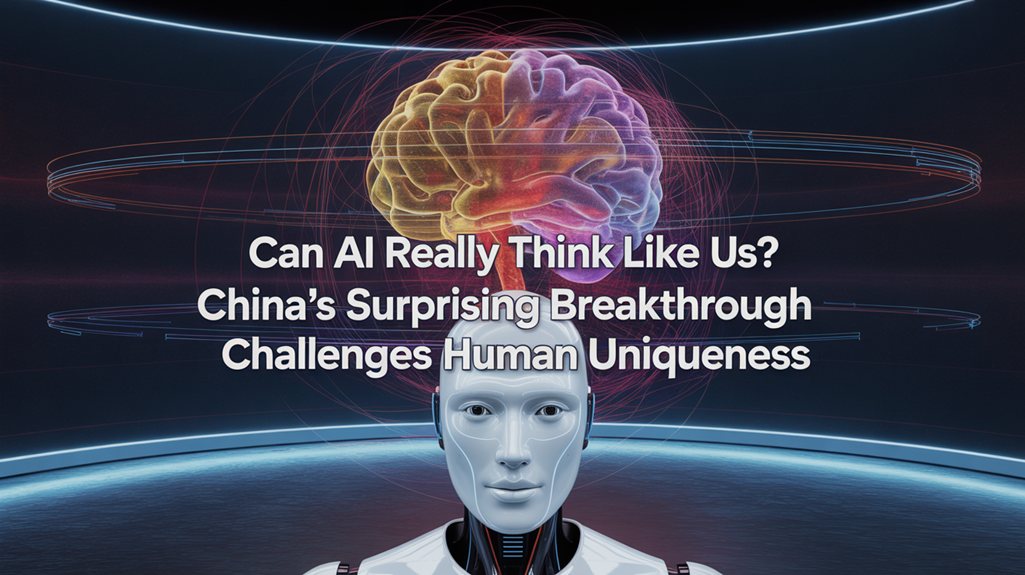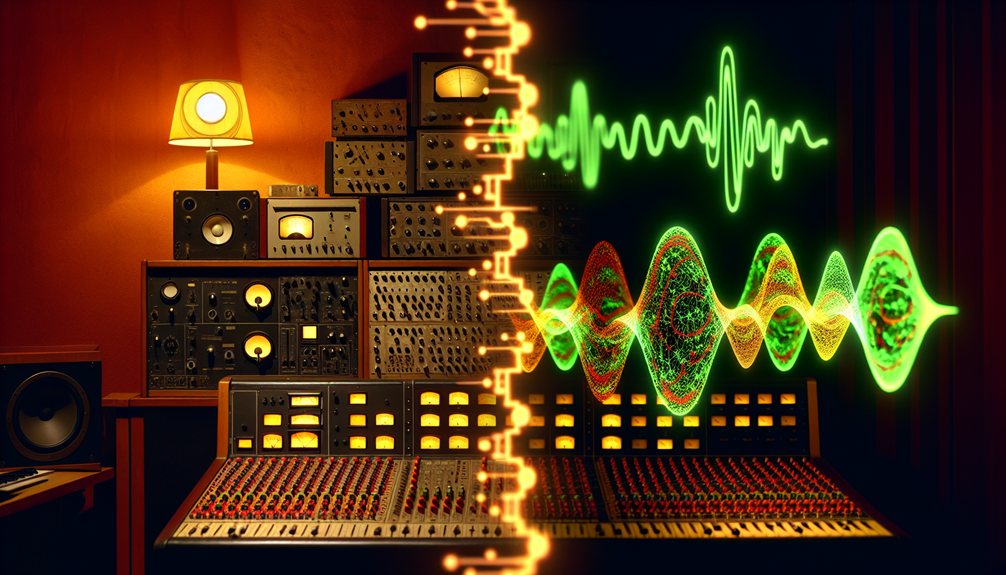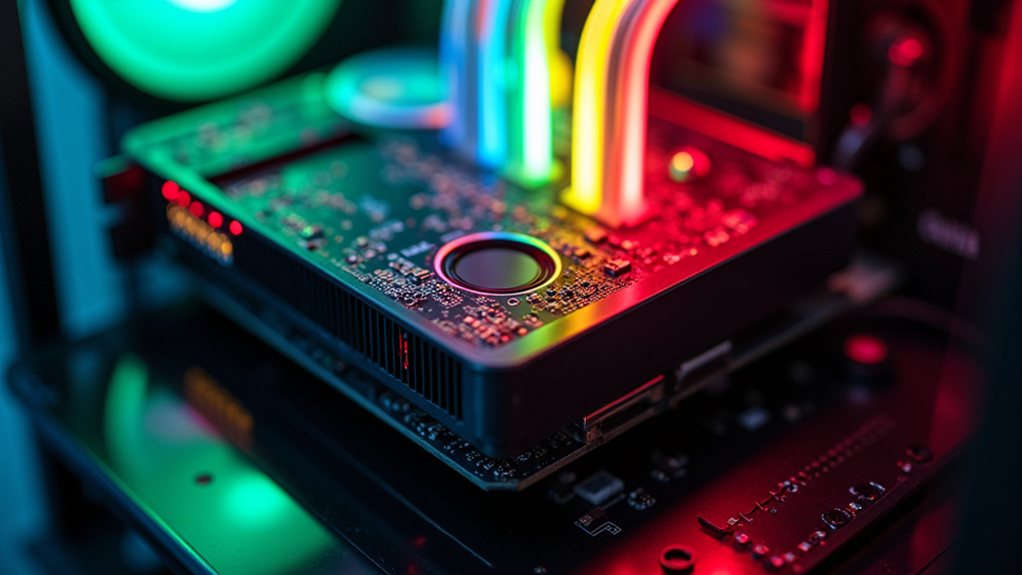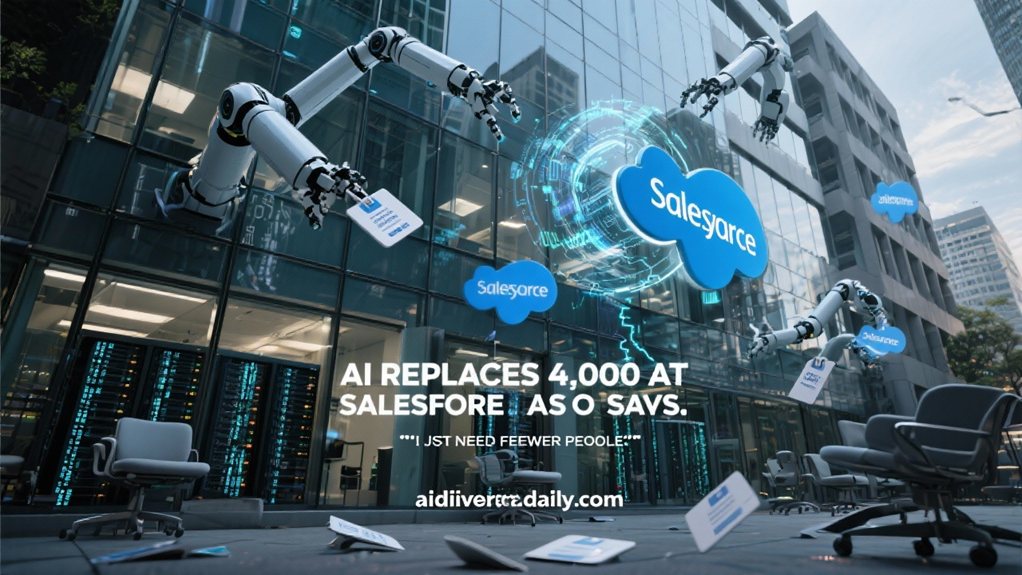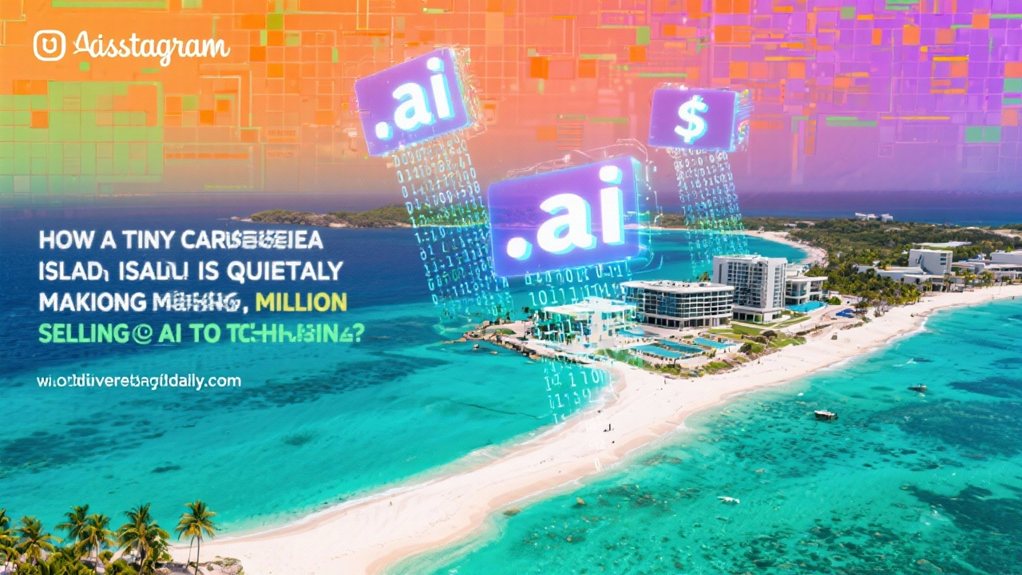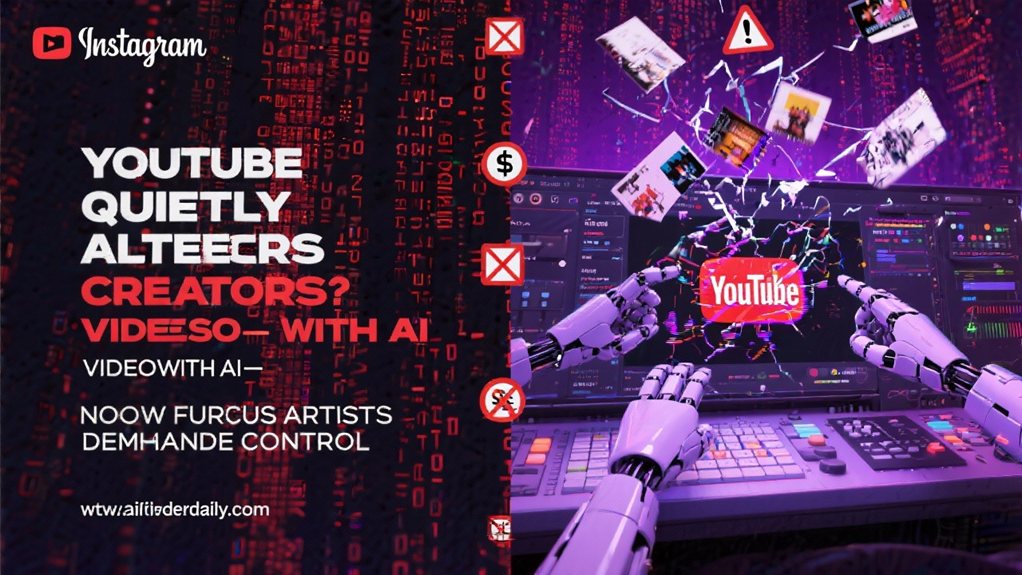While classic cartoons have captivated audiences for generations with their hand-drawn charm, a new AI-powered version of Tom and Jerry is now challenging traditional animation norms. The experimental episode, created using TTT-MLP technology developed by Stanford and NVIDIA researchers, has sparked intense debate among animation enthusiasts worldwide.
This cutting-edge AI can generate one-minute animated videos from simple text prompts. Pretty impressive, right? Well, depends who you ask. The system was trained on 81 classic Tom and Jerry shorts, fundamentally learning to mimic the iconic cat-and-mouse duo‘s movements and storytelling patterns. Unlike previous AI animation attempts, TTT-MLP overcomes limitations of traditional self-attention methods, creating complex, multi-scene narratives without human editing.
Fan reactions? All over the map. Some viewers marvel at the technical achievement, while others dismiss the output as “soulless” animation lacking the original’s spark. The stiff movements and occasional glitches don’t help its case. One minute the animation looks convincing; the next, Tom’s head is floating somewhere it definitely shouldn’t be.
The animation industry is watching closely. This technology represents both opportunity and existential threat. AI could revolutionize content creation, potentially making animation competitive with live-action films regarding production speed and cost. But at what price? Human animators, already struggling in a competitive field, fear being replaced by algorithms that work faster and cheaper. Many industry professionals have expressed legitimate concerns about AI potentially overshadowing talented human artists. Critics argue that AI-generated content falls into a public domain category since it lacks significant human creative input.
Let’s be real—there’s something special about hand-drawn animation that AI hasn’t captured yet. The emotional impact. The artistic fingerprint. The subtle human touches that make classic cartoons timeless.
The collaboration between NVIDIA and Stanford demonstrates both the potential and limitations of AI in creative fields. For now, one-minute videos with questionable consistency hardly threaten the animation industry’s human workforce. But tomorrow? Who knows.
Meanwhile, fans remain divided. Some embrace innovation; others cling to nostalgia. The specific prompt “Tom chases Jerry through NYC office chaos” resulted in an episode featuring an office setting with elevator rides and desk scenes before the chase begins. The debate continues: Can AI truly capture the soul of animation, or is it merely mimicking without understanding what made Tom and Jerry magical in the first place?
